Vornado is a household appliance company with a formidable presence in Australia both online and in-store via a list of industry wholesalers: you can find their products on the shelves of Harvey Norman, JB-Hi-Fi and The Good Guys just to name a few.
Offering customers a selection of seasonal household products, Vornado’s derives the bulk of its revenue through sales of heaters, air circulators and purifiers, rotating their offers on a month-by-month basis.
Vornado has maintained a top-shelf place in an industry that’s prone to constant fluctuations, and with an interesting kinetic strategy and keen understanding of the market, they’ve managed to fend off competition for years.
Low barriers to entry means there’s hardly a lack of competition floating around the household appliance market, and saturation can make it difficult to stay ahead of the curve.
It’s never easy to simplify a success story, but much of what Vornado has achieved has been determined by their ability to cut through the noise and offer clear competitive value to their customers. Pairing an ability to articulate their strengths with a seasonally-pivoting business model, they ride the waves of demand to keep business flowing all year round.
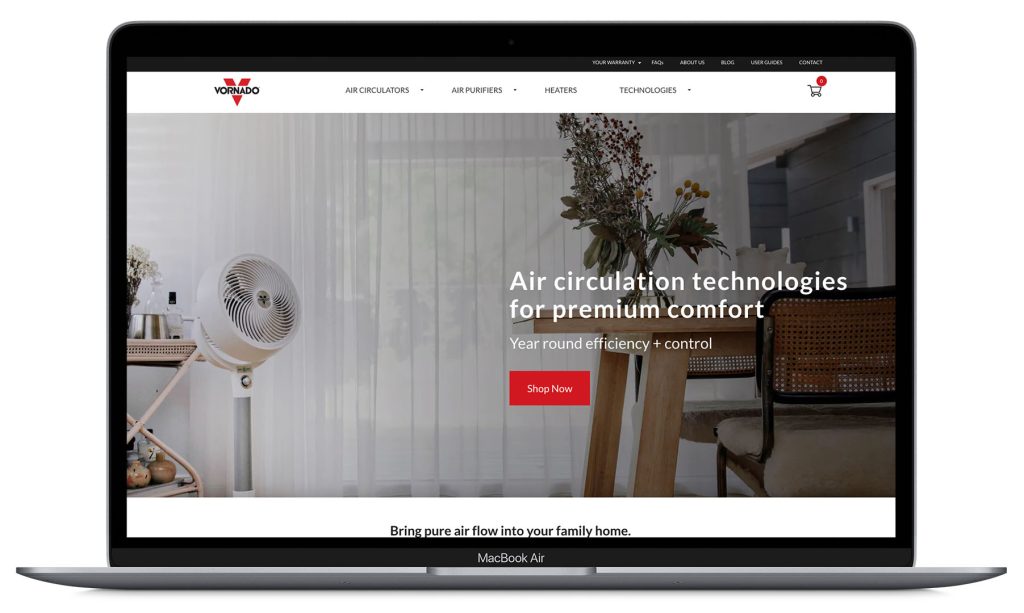

Prior to partnering with Glide in late 2019, Vornado were largely focused on dealings with wholesale providers, putting only part of their attention towards online marketing. As a result, their eCommerce results were capped at a modest $4-5k each month.
Whether you’re turning over $500 or $50,000, consistent revenue without any marketing spend is usually a good indicator of potential. With this foundation in mind, we began working over the next few months to improve their eCommerce outcomes.
Despite the last 18 months being sprinkled with COVID interruptions, postal delays and logistic mishaps, we’ve worked closely with Vornado to deliver consistent solutions month-on-month. In that time we’ve generated eCommerce sales totalling $160,000 in revenue from a lifetime spend of $35,000 – a total return, as of today, of just over 4.5x.
Working with a modest budget of around $2,000 a month, this consistency in results has come largely from our focus on developing and implementing an adaptive strategy.
Realising how hard it is to be truly original these days can make you feel a bit despondent, but perhaps you’re thinking about it in the wrong way.
While the chances of doing something entirely new might be slim, there are always ways in which you can do things differently. Standing out is never impossible, you just need to find your place.
Since their inception back in the 1940’s, Vornado have always had a clear understanding of where their value lies, and how to communicate it.
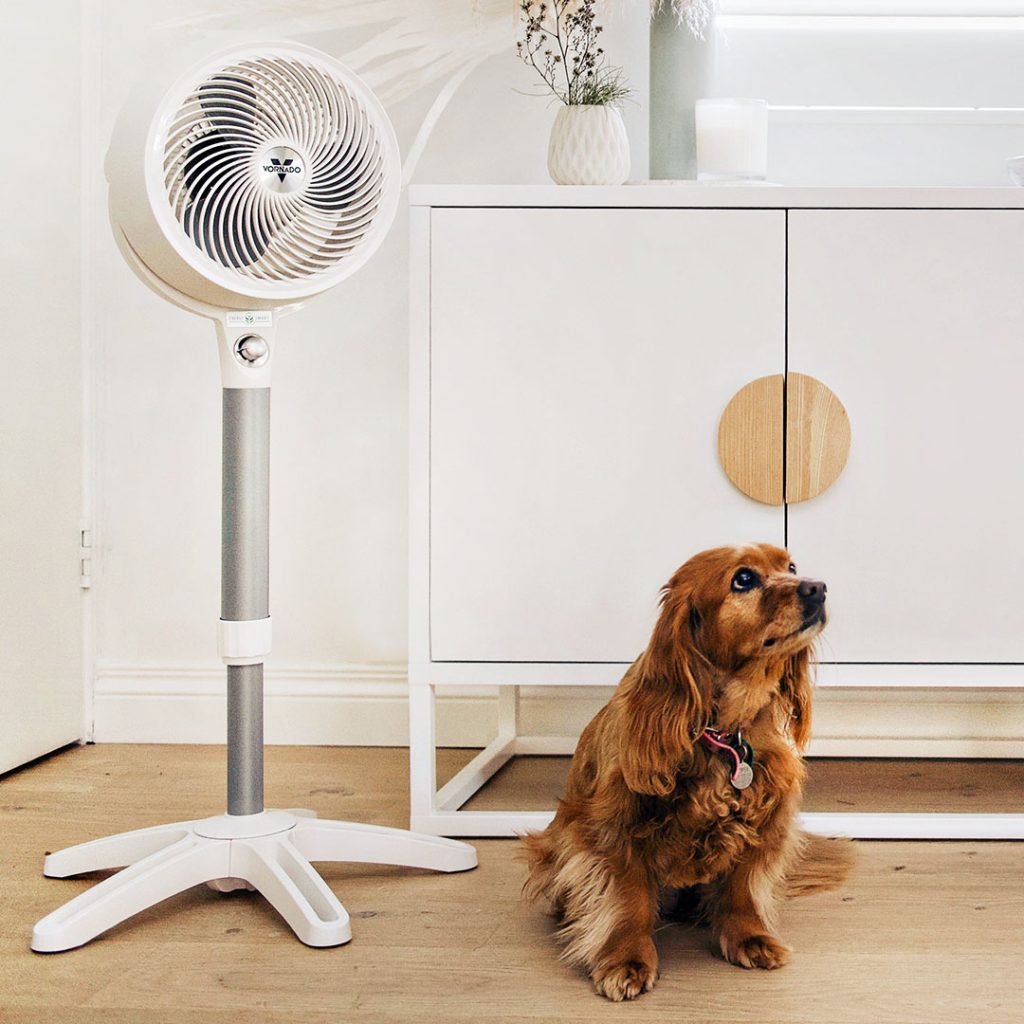

For Vornado, it’s the technology inside every product that works to set them apart. They don’t just do what all the others do, they do it their own way, and they do it better (if you’re interested in the technical stuff, you can get a better understanding of it all here).
This carefully branded technology has been an important selling feature for Vornado across the board. In the simplest terms, this difference is particularly valuable because it presents a clear, tangible message to showcase exactly why Vornado is the best option for consumers.
This communicable difference has been the cornerstone of their eCommerce success over these past 18 months.
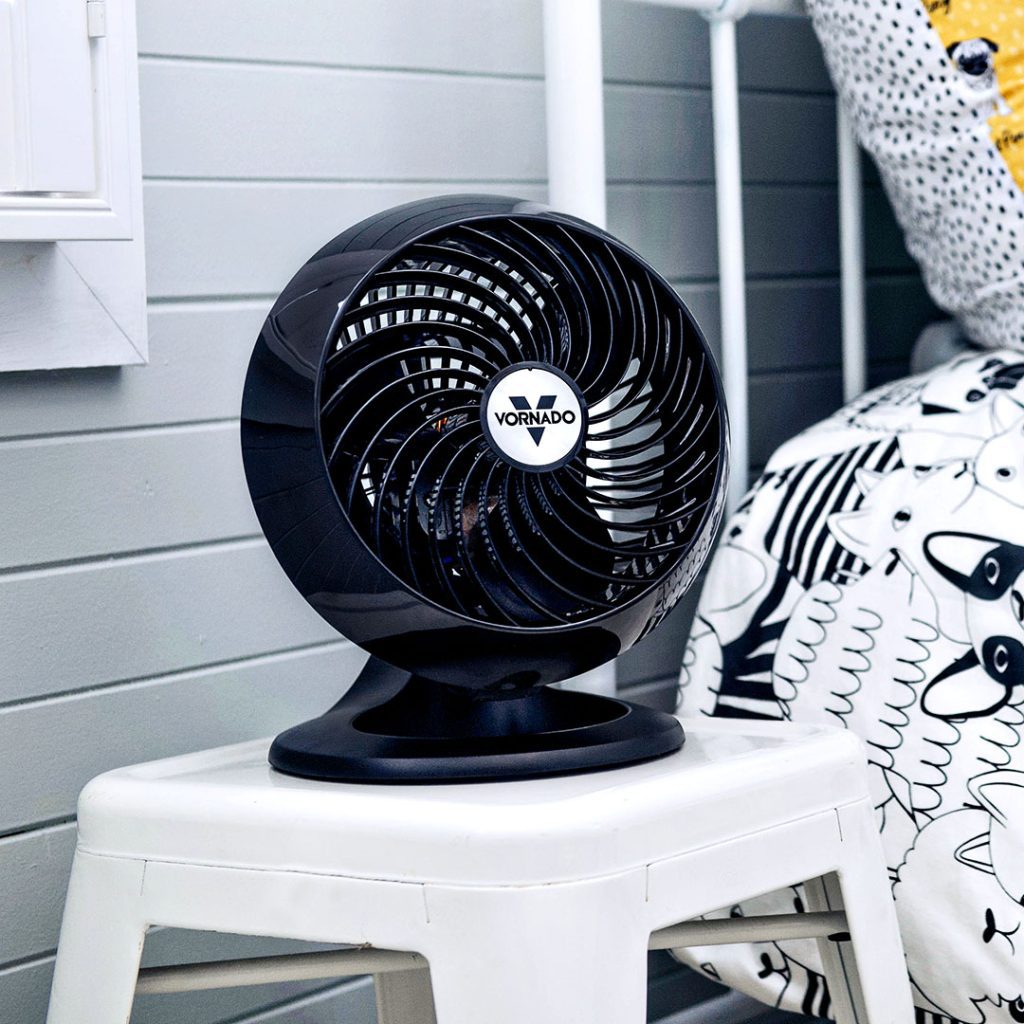

Much like sunscreen, easter eggs or gym memberships, the demand for specific household appliances ebb and flow throughout the course of a year. Products with this predictable pattern of demand are called seasonal.
Our desire to stay warm disappears in Summer, and conversely the need to stay cool fades away when Winter comes calling; simply put, you can’t guarantee results all year round if your product or offers don’t change along with demand.
With a seasonal set of products at the core of their business, Vornado has this covered.
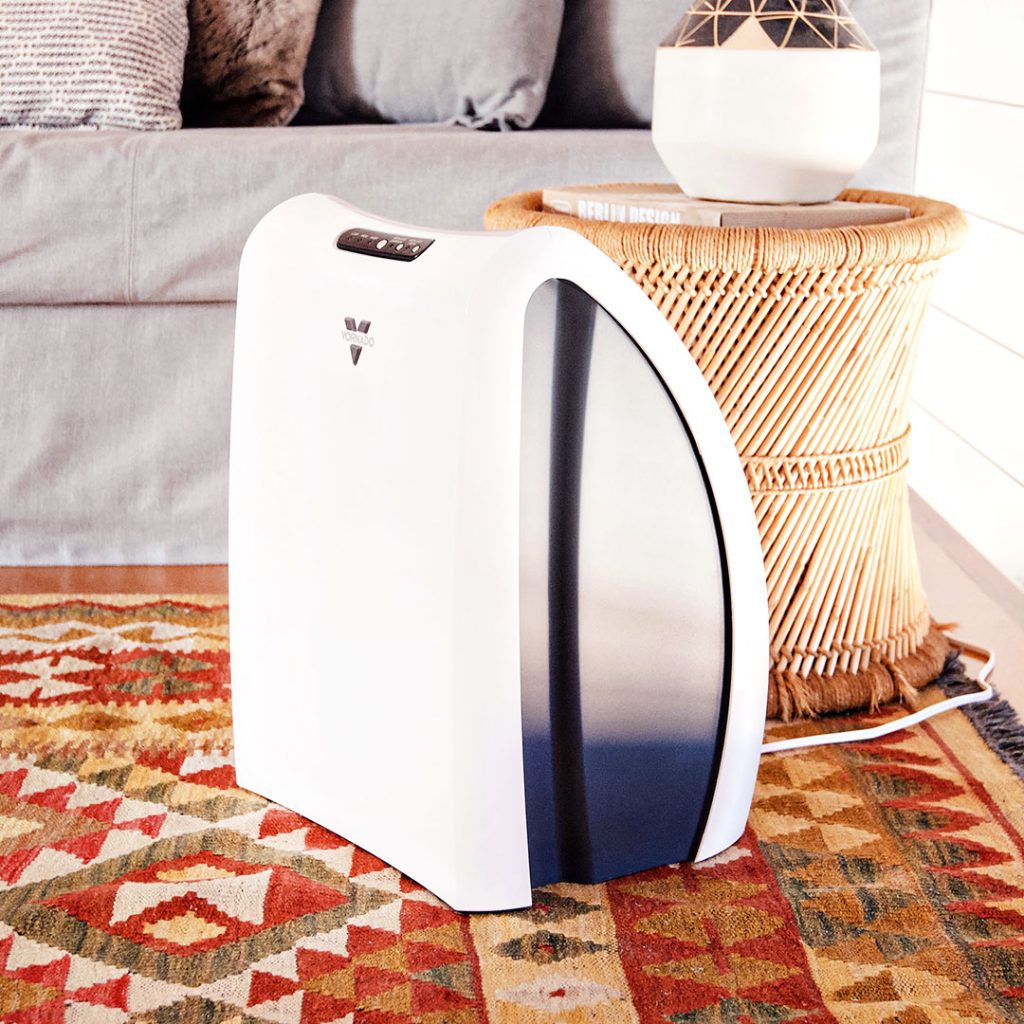

In Summer they drive attention towards their Air Circulators, shifting to Heaters for Winter and Autumn, then transitioning to their Purifiers during the allergy-laden Springtime before things come full circle.
Keeping an adaptive catalogue on hand that allows you to match demand will always have its benefits, but without an equally adaptive strategy in place, there’s a chance you might not capitalise as well as you’d like.
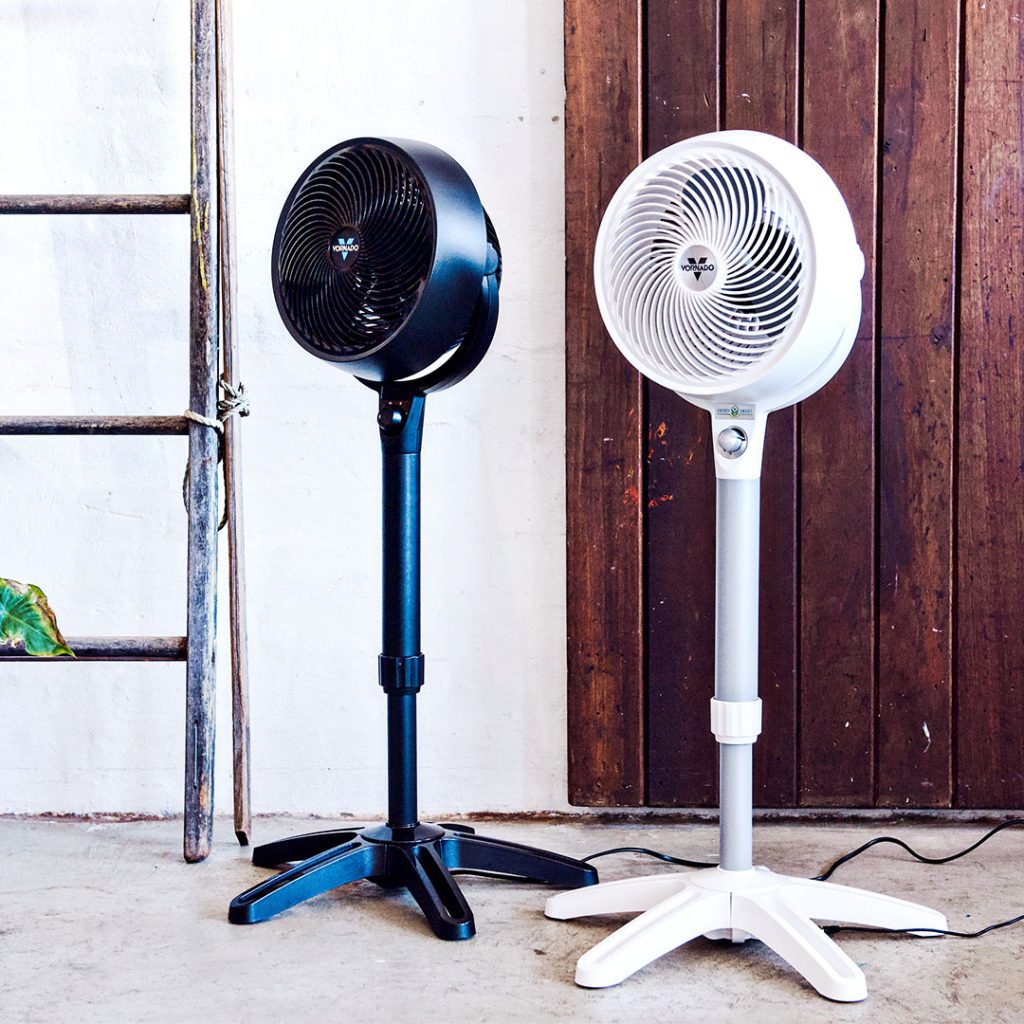

Every product requires its own strategy, and this constant flow has been one of the most impactful pieces of our time spent working with Vornado.
When you’ve got more than one product to deal with, you’ll likely have more than one set of points to communicate – every product sells to different people for different reasons.
Had we decided to take the short approach and group everything together, this mismatched strategy would have made consistency much harder to achieve.
Different times of the year see us rotate our strategies to use different messaging, targeting, creatives and funnels, keeping our activity in a constant state of flux.


By putting our focus where it’s needed, when it’s needed, we can deliver consistent results without wasting any of our time – time which is even more important when considering our limited budgets.
Think about grouping it thematically. If each season is assigned a specific product, what pain points can this product solve that are relevant to the time of year?
Whatever you’re trying to sell, the point by now should be clear enough. It’s not enough to just assume people want what you have, you need to find ways to convince them that your product is the one they should pick above all else.
Whether it will save them money on electricity, allow them to multitask or save them time & effort, find why they want it, determine what you can use make it stand out, and understand exactly how to communicate it.


In the 18 months since the start of our relationship with Vornado, we’ve delivered consistently solid results on the back of their modest monthly budget.
The marketing industry is teeming with idealists, brazen claims and bold presumptions, but when you cut through the noise you’ll be hard pushed to find anyone that doesn’t believe eCommerce is the future.
In only a few short years eCommerce has begun eating into the market share of traditional retail, accounting for 21% of all purchases in the US in 2020 alone – and this isn’t going to slow down.
By 2024 global spend on eCommerce is forecast to surpass USD$6 trillion.
Every day, countless new businesses emerge onto the digital scene, offering to sell you every product or service you could possibly imagine. The sheer volume of products available online is becoming almost suffocating, and it’s no wonder so many of us get stuck with analysis paralysis.
So whether you’re thinking of joining the digital fray or looking to improve your current standings, take one piece of advise above all else – find your point of difference.




